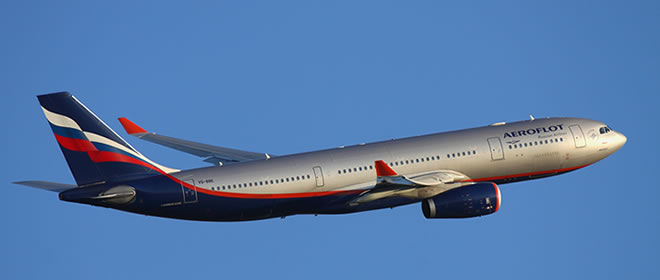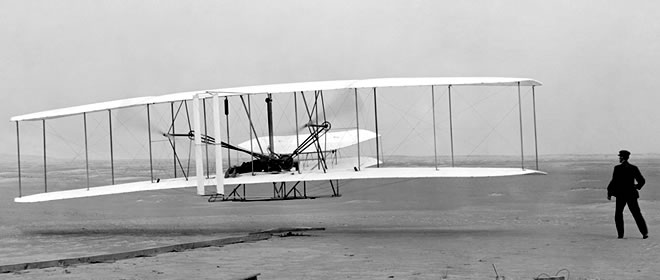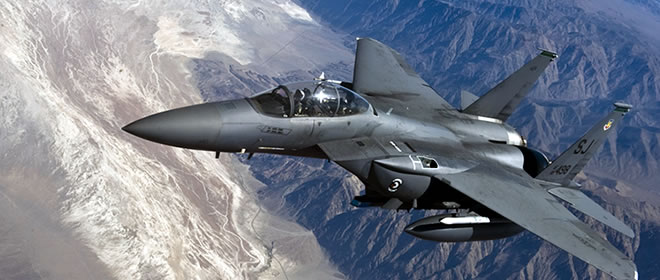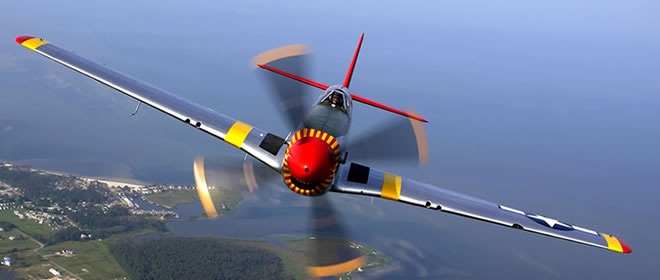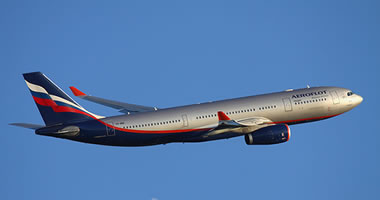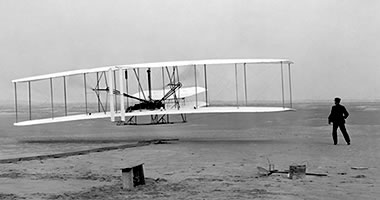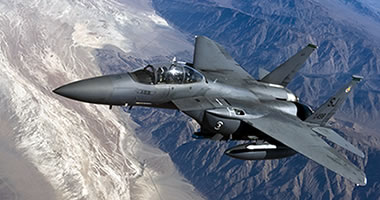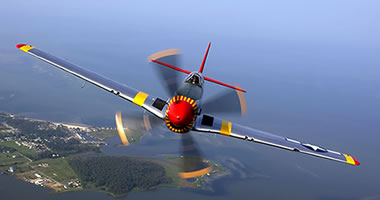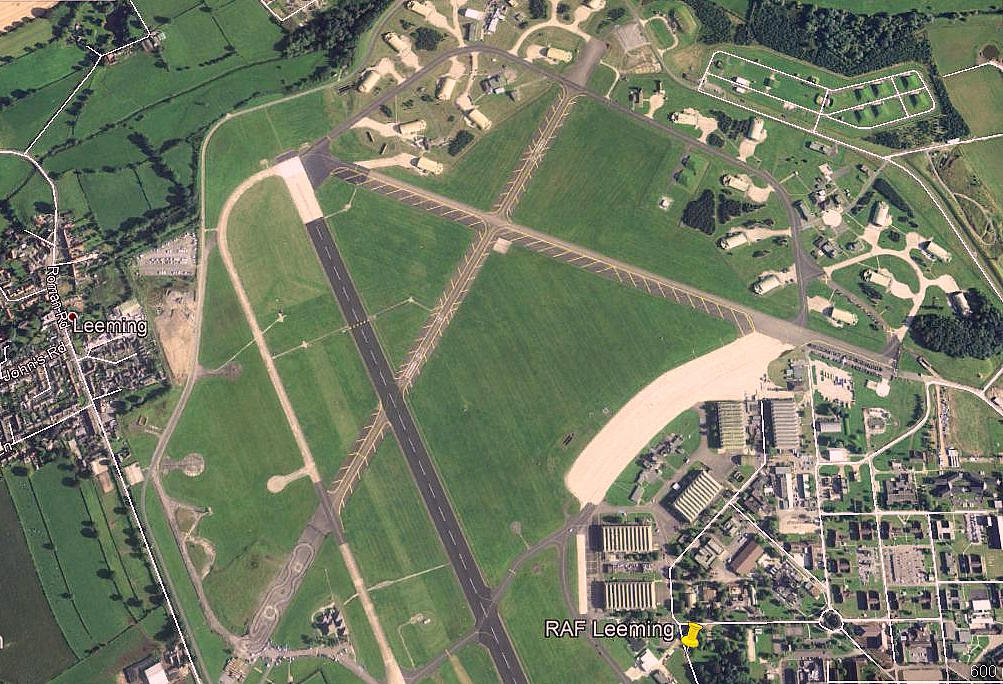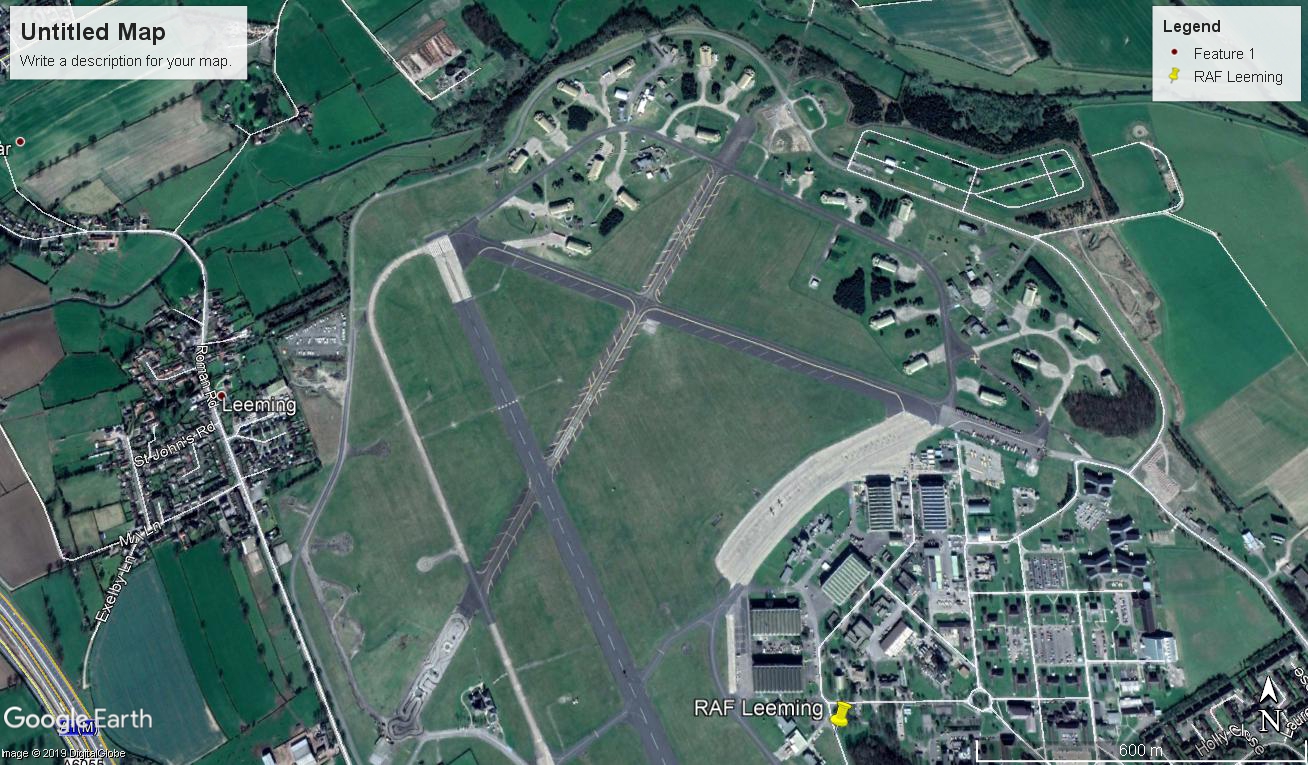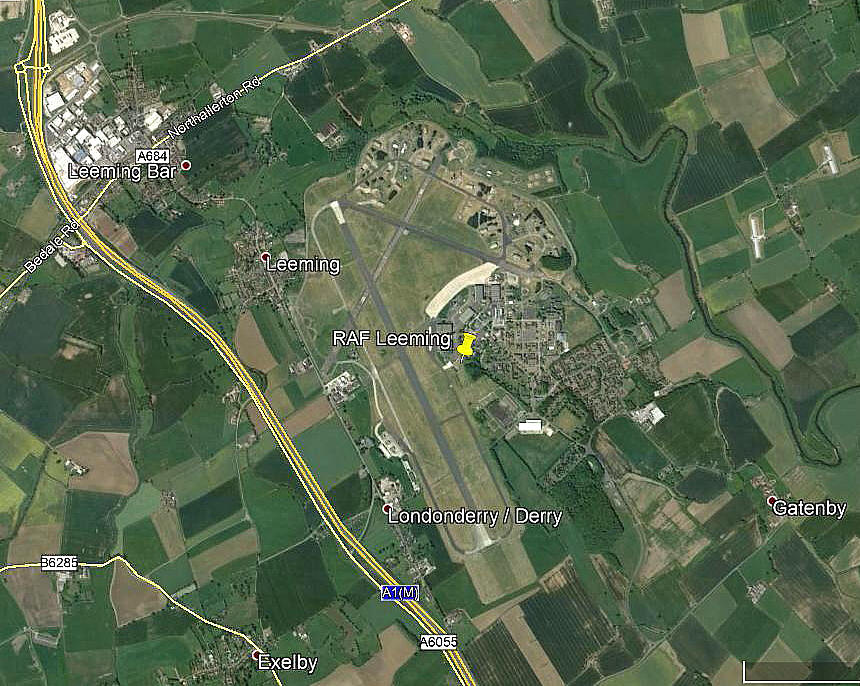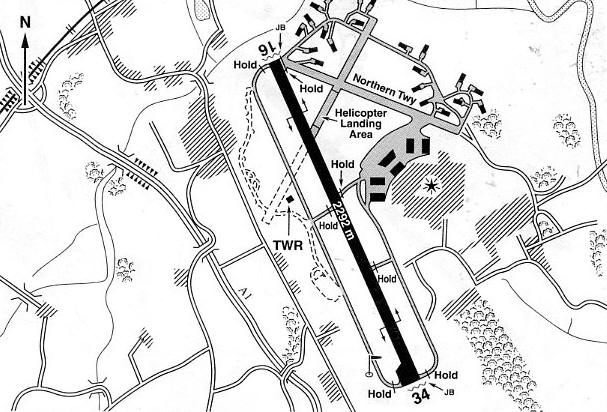Leeming
*LEEMING: Military aerodrome
Note: These four pictures were obtained from Google Earth ©
Military users: WW2: RAF Bomber Command
7 Sqdn (Short Stirlings)
10 Sqdn (Armstrong Whitworth Whitleys, later Handley Page Halifaxs)
185 Sqdn (Handley Page Halifaxs)
6 (RCAF) Group
405, 408, 419, 427 & 429 RCAF Sqdns (Halifaxs later Avro Lancasters)
*Battle of Britain RAF Station (1st August 1940) 13 Group
219 Sqdn (Bristol Blenheims) 219 Sqdn had moved here after being based at CATTERICK in July…but why the short move? Still here 1st September 1940)
Post 1945: RAF Fighter Command
'V' Bomber dispersal airfield
33 Sqdn (Gloster Meteor NF.14s)
RAF Strike and Training Commands JFACS & TU 228 OCU
11, 23 & 25 Sqdns (Tornado F3s)
100 Sqdn (B.A. Hawks)
1975: (Hunting-Percival Jet Provosts)
Northumbrian UAS [University Air Squadron] (Beagle Bulldogs)
11 AEF [Air Experience Flight] (DHC.1 Chipmunks)
1998 snapshot: RAF Air Defence
11 Sqdn 13 x Panavia Tornado F3
23 Sqdn 13 x Panavia Tornado F3
RAF Target Facilities
100 Sqdn 14 x Hawk T 1/1A
JFACTSU 2 x Hawk T 1/1A
2013: Northumbrian Universities Air Squadron Grob 115 Tutors
Location: E of Leeming, SE of Leeming Garth, 7nm SW of Northallerton
Period of operation: 1940 to present day?
Note: This map is reproduced with the kind permission of Pooleys Flight Equipment Ltd. Copyright Robert Pooley 2014.
Runways: WW2: 12/30 1280x46 hard 04/22 1508x46 hard
16/34 1801x46 hard
1990s/2000s: 16/34 2292x46 hard
NOTES: No.7 Squadron was the first RAF bomber squadron to get the Short Stirling, itself the first four-engine bomber to enter service with the RAF. It is often claimed that Britain entered WW2 quite unprepared and this is simply not correct. The British government and the military were somewhat slow to accept that Germany was massing forces with the potential of another major European war but the specification P12/36 for a four-engine bomber was issued to manufacturers in, as the ‘spec’ number denotes, 1936.
This resulted at first with the Short Stirling; later the Handley Halifax and then the famed Avro Lancaster, which was actually a drastic redesign of the ill-fated Avro Manchester. The Stirling has not gone down in history very well. In many respects this is hugely unfair as many of the crews rated it very highly, being able to out-turn the JU.88 and Bf.110 nightfighters. When introduced it had more power and a superior payload and range to anything comparable on either side of the conflict.
What it didn’t have was the ability to climb to the altitude Halifaxs and Lancasters could achieve so therefore, when the bombing offensive got into its stride, the Stirling was seen as easy pickings for German night-fighters and much more prone to anti-aircraft fire. When No.7 Squadron become fully operational it was moved to OAKINGTON (CAMBRIDGESHIRE).
However, when the Stirling went on to serve with Special Duties squadrons, such as performing supply drops in enemy held territory for the SOE (Special Operations Executive) who supported resistence movements and so on, it made a very good account of itself.
ANOTHER MYTH
It is often claimed that the RAF bombers, at the outbreak of WW2, were inferior to Luftwaffe bombers. They most certainly were not and in fact compared quite favourably in most respects. It seems largely forgotten, for example, that on the 15th/16th August 1940 a force of thirty-five Whitleys bombed the FIAT plant in Turin (Italy) with considerable success. 10 Squadron from LEEMING were part of this, and stopping to refuel in southern England, managed the return flight to the UK having been airborne for nearly ten hours!
The Luftwaffe bomber with the greatest range was the Heinkel HE111 with a range of 1200 miles with a much reduced bomb-load. The straight-line distance from London to Turin is 571 miles, so a minimum of 1142 miles for a return flight in still air. Hardly realistic for the HE111. But the now much malaigned Whitley, the MK.5 notably, had a range of 1,650 miles - enabling Turin to be bombed after Italy entered the war. Which must have come as quite a shock to the Italians.
None of the early RAF bombing raids achieved much damage, and just like the Luftwaffe, most bombing even at a medium level was far from accurate. But, the propoganda influence was considerable. It proved that far from being ready for conquest after the fall of Belgium, Denmark, France, Norway, Poland and The Netherlands, the UK was not only resisting - it was hitting back - even to Berlin! It seems amazing just how ignorant Hitler was regarding the world at large. He had never travelled far and had no idea of just how much influence the British had, not just with their Empire, but with so many trading arrangements across the world - not least with the USA. And India of course who made a very significant contribution to defending the British interests in the Middle East, Egypt especially.
And the Dominions immediately came to the rescue, with Canada especially, but also Australia, New Zealand and South Africa. I often say the writing was on the wall for the Nazi regime in 1943, when the RAF bombing campaign really started getting into its stride. But, if you study the history in some depth, it was already on the cards in 1940 that the Nazi regime was doomed to fail. Easy to say with hindsight of course.
A QUERY?
Information stating that the first operational bombing raids using the Handley Page Halifax were conducted from here by 35 Squadron appears incorrect? LINTON-on-OUSE now seems the correct location? Can anybody confirm this?
In 1990 listed as being a RAF Emergency Diversion Aerodrome. This appears to have been a short interlude between LEEMING being very much an operational aerodrome.
SPOTTERS NOTES
In 1977 the Tipsy Trainer I G-AFSC was listed as being based here, as was the Gardan GY.20 Minicab G-AWUB.
We'd love to hear from you, so please scroll down to leave a comment!
Leave a comment ...
Copyright (c) UK Airfield Guide

